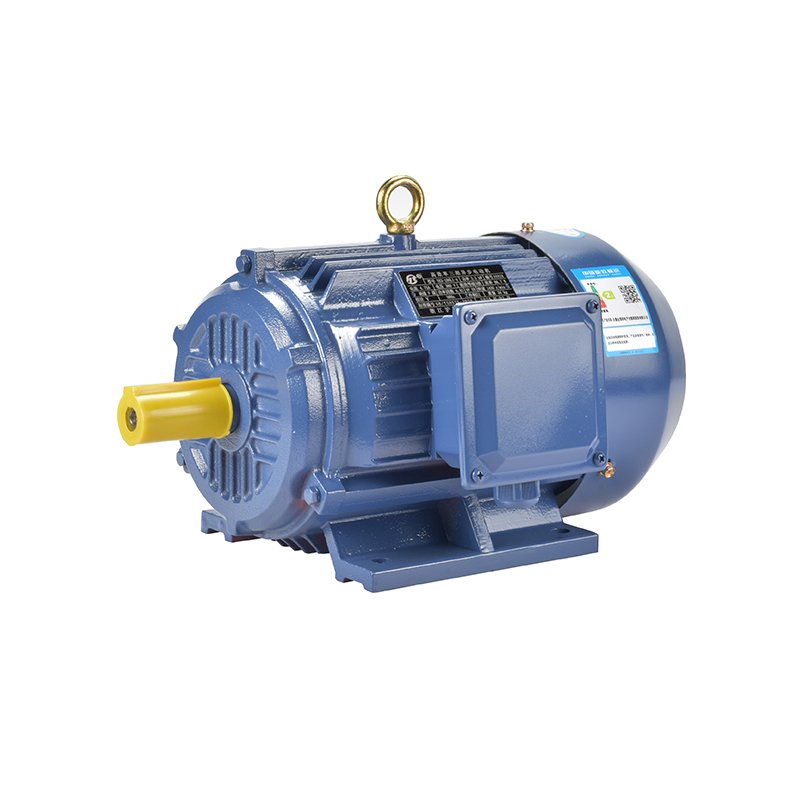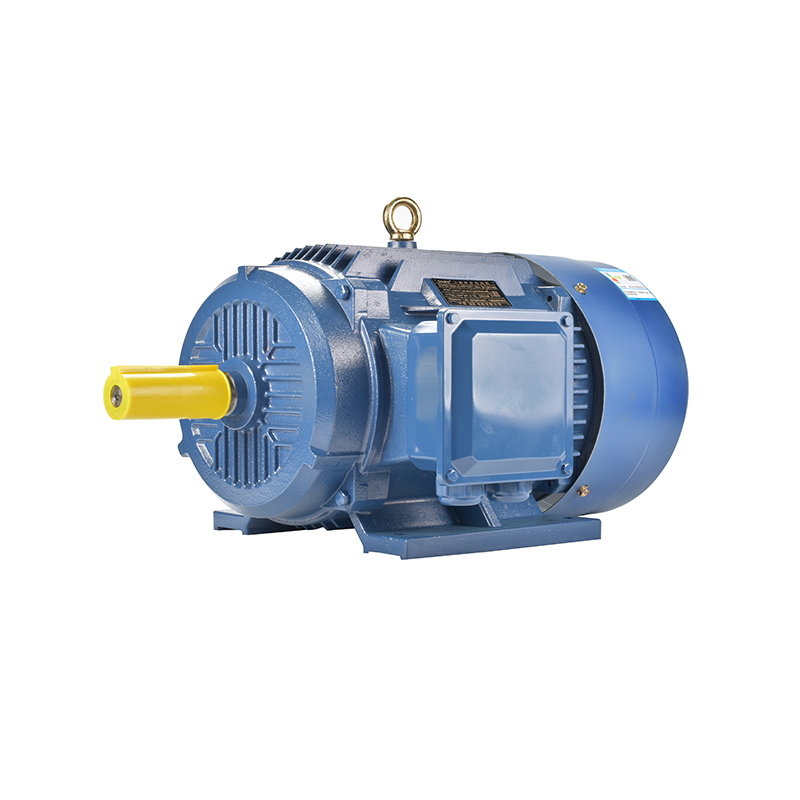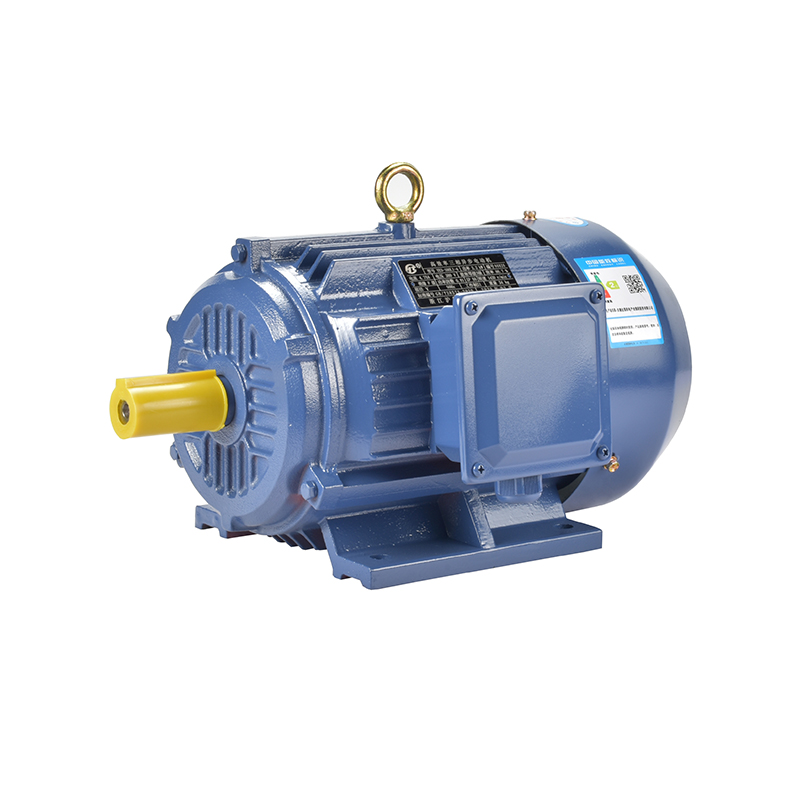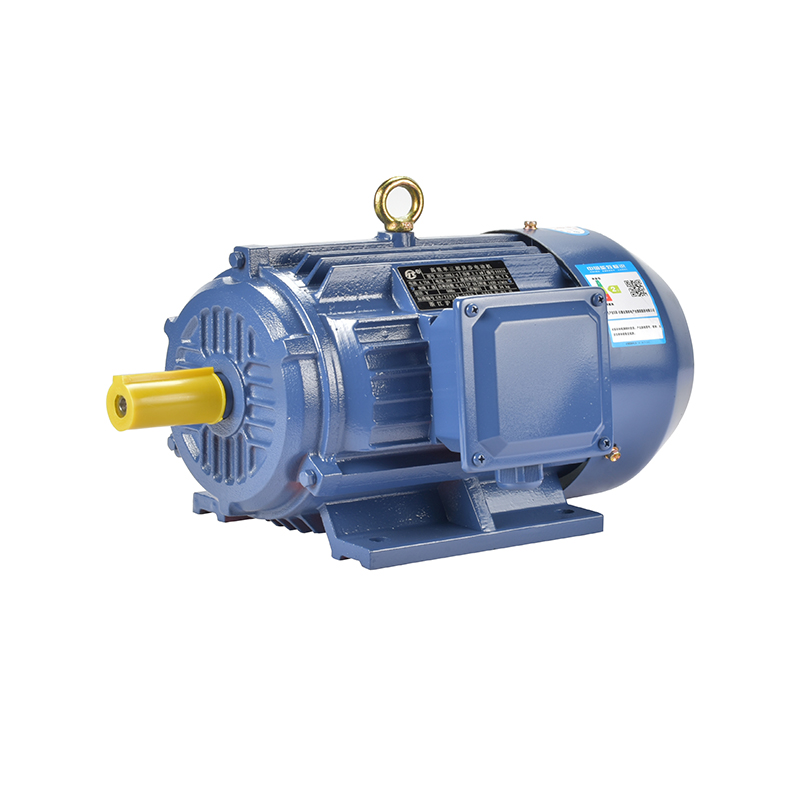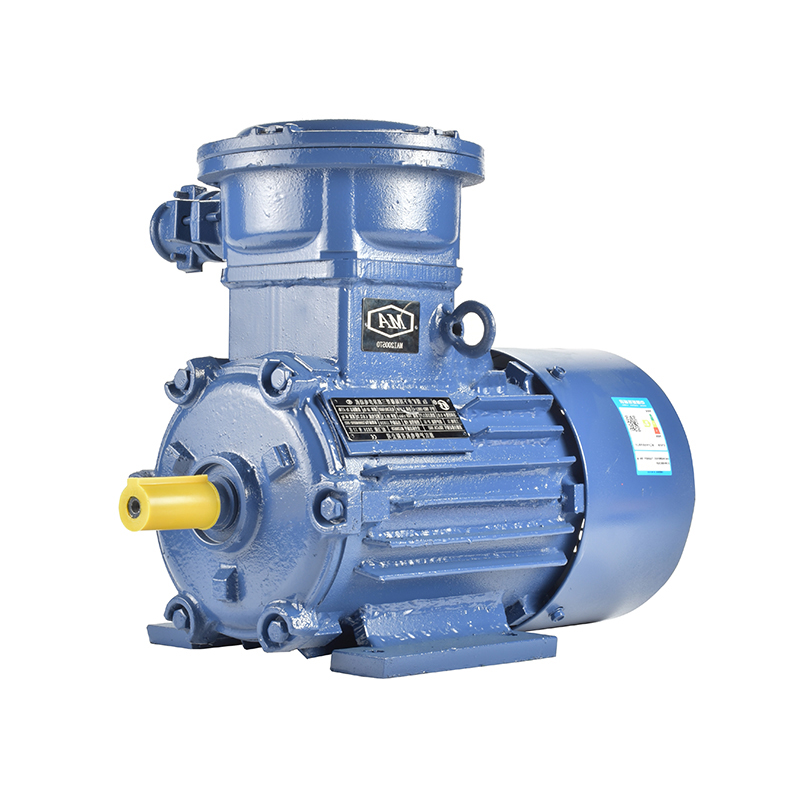Common Challenges In Casting Motor Housings
Motor housings serve as the protective shell for various types of electric motors, including synchronous asynchronous motors, high torque single phase motors, and high speed servo motors. Their design and manufacturing quality directly impact the motor’s durability, thermal management, and overall performance. Among the production processes involved, casting motor housings presents a unique set of challenges that manufacturers must carefully manage to ensure consistent product quality.

One of the primary challenges in casting motor housings is achieving dimensional accuracy. The housing must precisely fit with internal components such as the stator, rotor, and bearings. For synchronous asynchronous motors, where the rotor speed depends on the supply frequency, even slight misalignments can cause increased vibration or premature wear. Similarly, high speed servo motors demand tight tolerances due to their rapid rotational speeds. Any deviation during casting can advance to assembly difficulties or operational inefficiencies.
The choice of casting material also plays a significant role in the final housing performance. Aluminum alloys are widely used for their light weight and good thermal conductivity, which help dissipate heat generated during motor operation. However, aluminum casting comes with its own issues, like porosity and shrinkage defects. These defects can create weak spots in the housing, potentially reducing its mechanical strength and affecting its ability to withstand vibrations, especially in high torque single phase motors which often generate significant mechanical loads during start-up or operation.
In addition to material selection, the casting method impacts housing quality. Sand casting is common due to its flexibility and cost-effectiveness, but it tends to produce rough surfaces and lower dimensional accuracy compared to die casting. For applications requiring smoother finishes and finer details, die casting might be preferred, especially when manufacturing housings for high speed servo motors that need precise balance to avoid noise and vibration issues. However, die casting demands higher tooling costs and strict process control to avoid common problems like cold shuts or incomplete filling.
Thermal stresses during cooling are another challenge that affects motor housings. Uneven cooling rates can cause warping or cracking, which compromises the housing’s structural integrity. This is particularly critical for synchronous asynchronous motors, where stable mechanical alignment ensures proper electromagnetic function. To reduce thermal stress, manufacturers often design cooling channels or use controlled cooling techniques, but implementing these solutions adds complexity and cost.
Another factor to consider is surface treatment after casting. Cast housings typically require machining to refine mounting surfaces and to create precise holes for bolts and connectors. Machining cast aluminum can sometimes expose internal defects like blowholes or cracks that were not visible externally, forcing manufacturers to reject or rework parts. Additionally, surface treatments such as anodizing or painting may be applied to improve corrosion resistance and electrical insulation, but uneven application or poor adhesion can advance to premature surface degradation.
Weight is an ongoing concern, especially for motors designed to be compact and efficient, like high torque single phase motors used in residential or commercial appliances. Overly thick walls increase weight and material costs, while thinner walls risk reduced mechanical strength and poor vibration damping. Finding the balance requires careful design and simulation before casting, but even then, process variations during casting may affect the final outcome.
Quality control throughout the casting process is essential but also challenging. Non-destructive testing methods like X-ray or ultrasonic inspection can detect internal defects such as porosity or cracks, but these inspections add time and cost to production. Visual inspection alone is insufficient to guarantee housing integrity, especially for synchronous asynchronous motors used in industrial applications where failure can cause costly downtime.
In some cases, design adaptations are made to simplify casting. For example, integrating mounting bosses or ribs to strengthen the housing while using less material. However, these design features must be carefully balanced to avoid creating stress concentration points that could advance to cracking under operational loads. For high speed servo motors, where vibrations are more intense, even small imidealions in housing design or casting quality can advance to noise and reduced motor lifespan.
Environmental considerations also come into play. The casting process can produce emissions and waste, so companies increasingly explore greener casting methods or recycling scrap materials. While these initiatives support sustainability, they sometimes introduce additional process challenges or variations in material quality that must be accounted for.
To summarize, casting motor housings involves a complex interplay of factors, including material choice, casting method, thermal management, design, and quality control. These challenges affect all types of motors, whether synchronous or asynchronous motors, high torque single phase motors, or high speed servo motors. Manufacturers continuously work to refine their processes to reduce defects, improve dimensional accuracy, and ensure housings meet the demanding conditions of modern motor applications.
Understanding these common challenges helps motor producers and users alike appreciate the effort behind creating reliable motor housings that contribute to motor longevity and performance. While the casting process is well established, ongoing improvements and innovations continue to address these issues in practical and cost-effective ways.
-
Feedback



 English
English русский
русский Español
Español عربى
عربى

